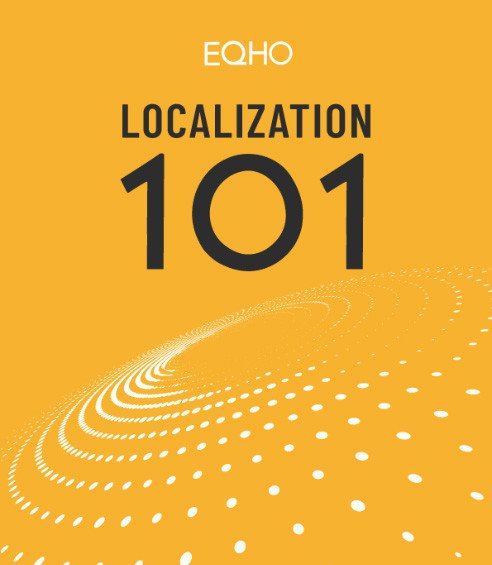About Chinese
The Chinese language – actually a group of dialects – is one of the two major branches of the Sino-Tibetan language family, the other being Tibeto-Burman. The traditional dialect classification system comprises Mandarin, Wu, Yue, Min, Xiang, Hakka, and Gan.
Although most of these dialects are mutually unintelligible, they are perceived by their native speakers as being varieties of a single Chinese language. Mandarin (which includes Standard Chinese) has the largest number of speakers, some 1.4 billion, followed by Wu, with some 90 million, and then Yue (which includes Cantonese), with some 70 million.
Chinese is one of the oldest spoken languages, with Old Chinese believed to have been in common use by the time of the early and middle Zhou Dynasty (1122 BCE–256 BCE). In its written form, the earliest significant corpus – the so-called “oracle bones” – dates to the Shang Dynasty in the second millennium BCE.
Standard Chinese is a standardized form based on the Beijing dialect of Mandarin. It is the official language of both the People’s Republic of China and Taiwan, and one of the four official languages of Singapore.
The Cantonese dialect is native to the Guangzhou area of Guangdong province, and is considered to be the prestige dialect of the Yue group. Chinese is one of the two official languages of the Hong Kong and Macao Special Administrative Regions (the others being English and Portuguese, respectively); however, both recognize Cantonese as the de facto official spoken variety of Chinese.
The Chinese writing system is logographic; i.e., each character represents a word rather than the sounds which make up that word. (Chinese characters are also commonly called “ideograms,” symbols that represent ideas. Strictly speaking, this is incorrect, as many ideas are expressed by using multiple characters.) Because there is no linkage between the meaning of a logograph and its pronunciation, a reader does not need to know the pronunciation or language of the writer in order to understand it. Although two speakers of different Chinese dialects may be completely unable to communicate verbally, both will be able to read and understand the same text, even if it was written by a writer whose native language is a third, mutually unintelligible dialect.
The separation of meaning and pronunciation does, however, have a significant disadvantage: a learner must memorize thousands of characters along with their pronunciations in his or her local language. Comprehensive Chinese dictionaries list in excess of 50,000 characters, although many of these are rare, archaic, or obsolete. Lists of common characters used in the People’s Republic of China comprise some 3,500 – 7,000 characters; in Taiwan and Hong Kong, the lists comprise some 4,800 characters. Furthermore, there are now two sets of characters in common use; Traditional Chinese, which is used in Hong Kong, Macao, and Taiwan; and Simplified Chinese, which is used in the People’s Republic of China and Singapore.



